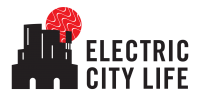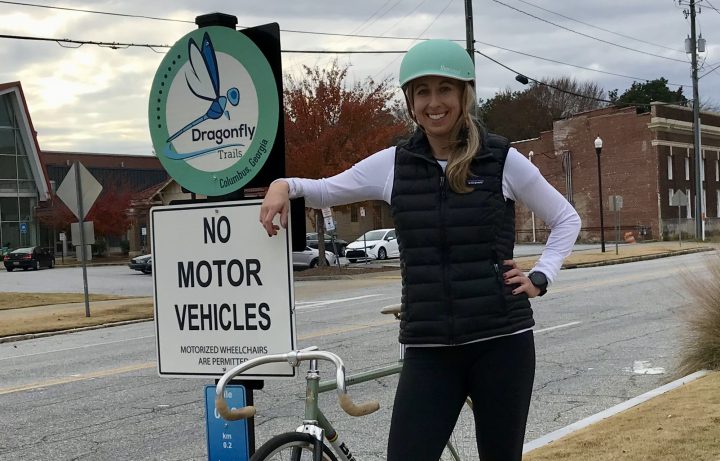
Executive Director, Dragonfly Trails Network
Why is bicycle infrastructure—from both a commuting and recreational standpoint—important to economic development?
“Take the Riverwalk for example, designed to be a really beautiful service road for our Combined Sewer Overflow [CSO] system. Cities started building trails for recreational purposes and then noticed people were using them to get to work, school, and shopping. As these trails started getting built, lots of businesses—retail, coffeeshops, restaurants—were popping up along them.
The best example of this regionally is the BeltLine in Atlanta; they did a really good job of using the trail as an economic engine. Because people want to get to places safely and easily. And while they’re running or walking with friends or family, they want a place to stop and relax and linger.
We have great amenities along the Riverwalk right now. The island is a perfect example. People love to sit and hang out on the island. From an economic development standpoint, you can look just north on the Riverwalk, where there has been something like $90 million of investment between Mercer [Medical School], City Mills, Chase Homes.
If we can continue to show the value of trails and make those connections that they are economic engines, we’ll be able to get more trails quicker. We’ve got to see development happen on more than just the Riverwalk. We need to see it along the Fall Line Trace, the Follow Me Trail, the MLK Trail..
One of the things Columbus 2025 is trying to do is attract and retain talent. The more we talk to younger, college-educated folks who have disposable income, we see that they want this type of trail infrastructure. A lot of people in their 20s to 40s are really trying to move away from driving cars everywhere and are starting to use their bike not only for recreation but also for transportation. And some people, especially in Columbus, can’t afford a vehicle. So having the trails are a great way for them to move around.”
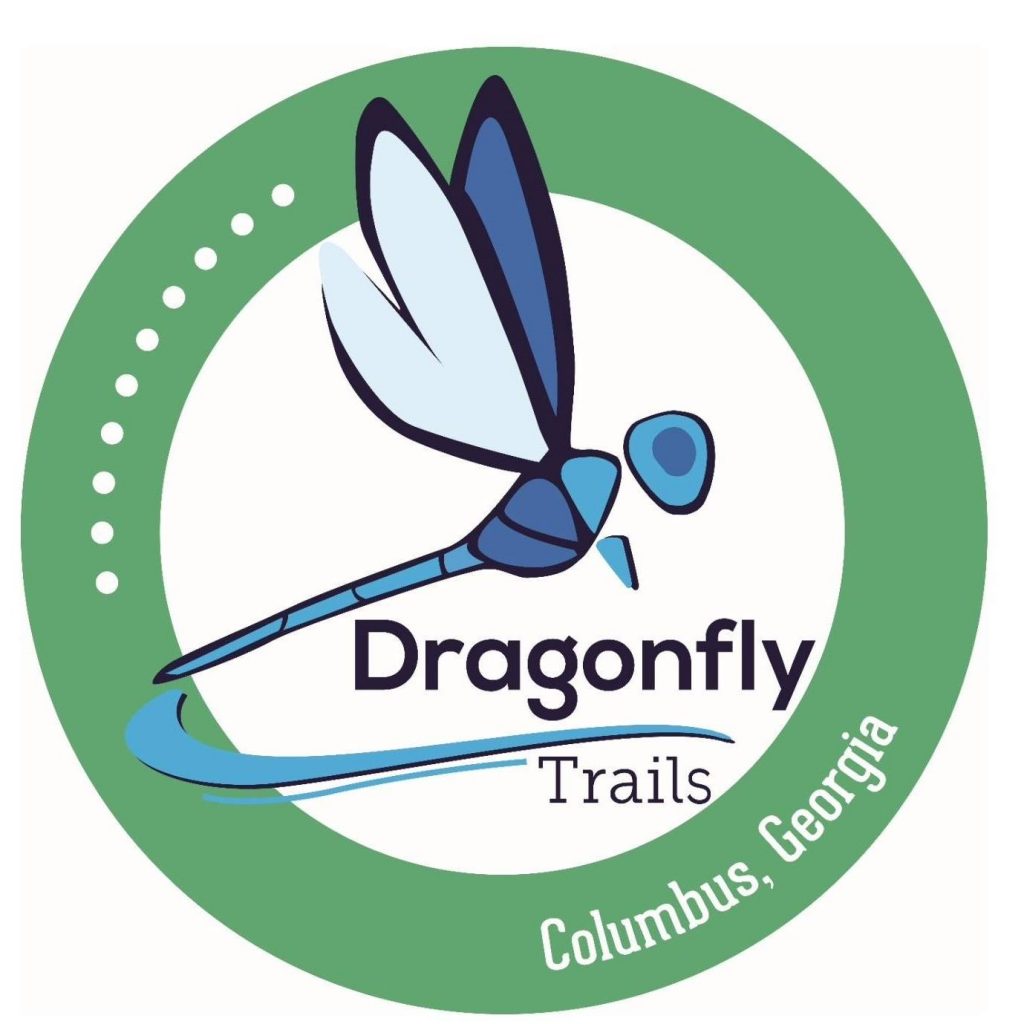
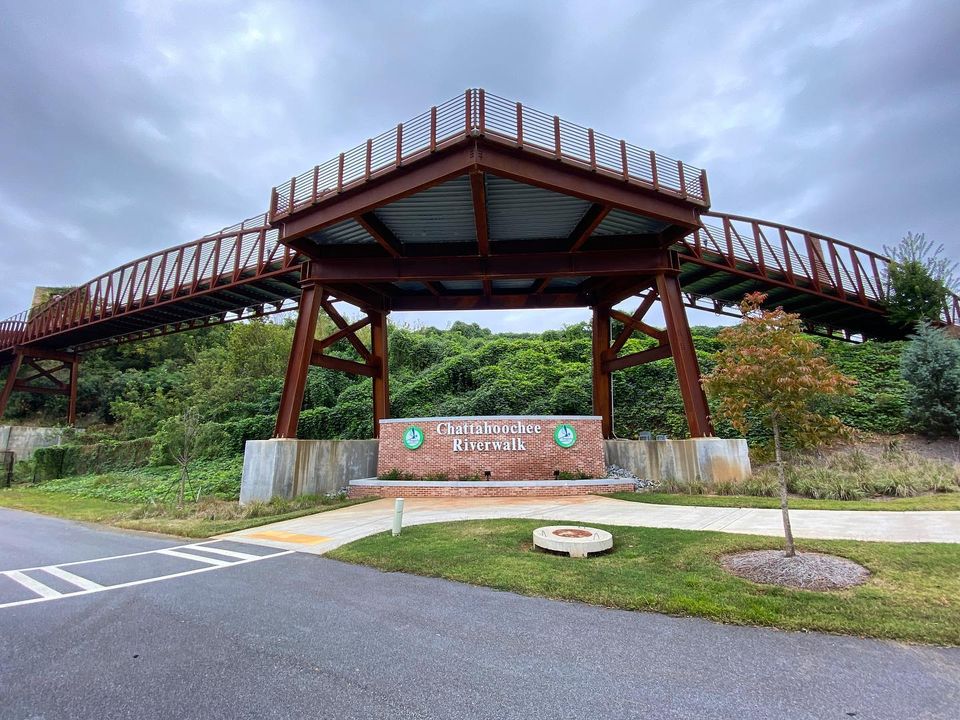
Where does access for bicyclists fit into the larger issues of environmental and social justice?
“A trail provides access to people and places that maybe didn’t have it before. If you’re talking about an underserved neighborhood, a trail is a perfect way to help people get access to things they need. Whether it’s basic needs like a grocery store or whether it’s giving people access to everything that’s along this river.
The MLK Trail is an excellent example of that. The director of the [AJ McClung] YMCA there told me a few weeks ago that having the trail in front of their YMCA on MLK Boulevard has allowed the neighborhood folks to move outside of just their neighborhood and access things to the east or the west or to downtown. Likewise, people downtown are using MLK way more often than they used to. That’s been great.
Having people from different backgrounds experience different parts of the city is really special. We want to connect all the trails so people who live downtown can go to South Columbus and people who live in South Columbus can get to MidTown and MidTowners can get to North Columbus. Having those interactions with each other on the trails is really special, too.”
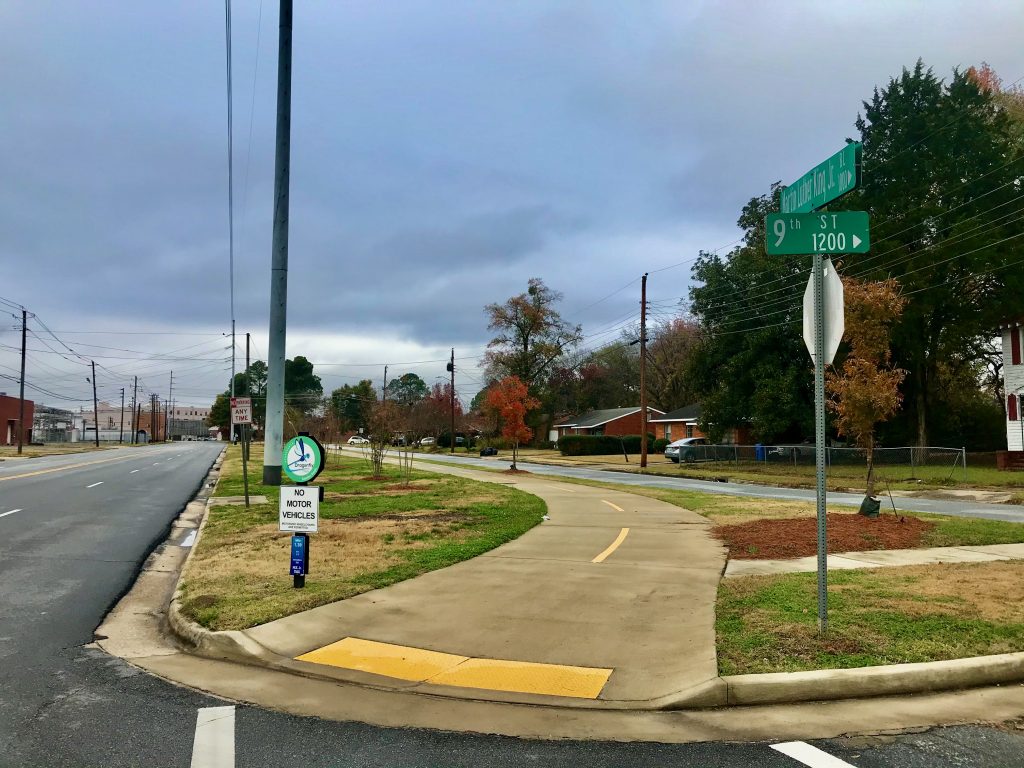
Who are your community partners? And how do they help support your mission?
“Columbus and Phenix City and regional partners like Ft. Benning and Harris County are working simultaneously and cooperatively to build an infrastructure for our region.
A few weeks ago, we met with someone from Russell County who is trying to figure out how to bring trails to Phenix City and Russell County and Lee County. Ft. Benning has amazing trails. How do we connect that to Phenix City and Columbus? Obviously there’s the Riverwalk, but there’s opportunities for other connections. Harris County put in a 3.5 mile trail over the last few years. So how do we get a connection from Harris County to Columbus via trail?
We’re trying to do several things with Dragonfly Trails. Not only are we trying to build trails, we’re trying to make sure that they are beautiful, high-quality, aesthetically pleasing, and that they provide access to neighborhoods that don’t have access, and provide access to destinations. We’re also trying to make sure we are cooperative with other cities and counties in the area,
We work a lot with PATH Foundation out of Atlanta; they have built all the trails in the Southeast and are the best at what they do. They give us a ton of guidance when we’re designing a trail.
But, really, our biggest partner is the City of Columbus. We have a public-private partnership with them where we do all the design work ahead of time—the engineering, the survey—we get a site plan completely ready to go. They’re giving input the whole time but we say once we’re done: ‘Here are the documents.’ They get the documents and they put it out to bid. They pay for the construction cost and we pay for everything to get it ready to go.
Trees Columbus plays a massive role in our landscaping. They pick the right trees, flowers, and bushes that are sustainable and aesthetically pleasing.
Georgia Power has been a great help to us, moving utilities around, We have easements with Georgia Power, Uptown Columbus, Housing Authority, Joey’s Thrift Mall.
Columbus 2025 and the Chamber of Commerce, and CSU helped us get some public art along the trails.
Our list of partners is continually growing. I think people are starting to understand the value of trails and collaborate whenever possible.”
Has our community full embraced this vision?
“I think so. One of the opportunities and challenges is to unite all the different folks that use the trails and get them on the same page. From a recreational standpoint, we have cyclists, runners, and walkers. From an economic development standpoint, we have W.C.Bradley, Valley Hospitality, the YMCA, and others. I think we need a coordinated effort and strategy to get more trails done quicker. And this is why Dragonfly Trails is here.
Another thing is I don’t think enough of the community understands the value of trails. We have to make sure we’re telling the story over and over and showing the power that trails have from not only an economic development standpoint but also physical health, mental health.
And connection —— especially in the time of COVID. One of the few things we’re allowed to do all around the country is be outside. You’ve seen the numbers in recreational use skyrocket in the last 9 months. How do we harness this new love for the trials and build upon that? How do we get them talking about the trails and investing in the trails?
And get whomever you’re voting into office put a financial value on the trail and make a commitment to it. That’s where we really change what we’re doing. Instead of 1 mile of trail built every year, how do we get to 10 miles of trail built a year?
We have to have a wider, broader base of advocates. People are using the trails. The trails get tons of use. There’s just pivotal connections will still need to make. Like having elected officials and their support but also funding, whether it’s on a federal, state, or local level.”

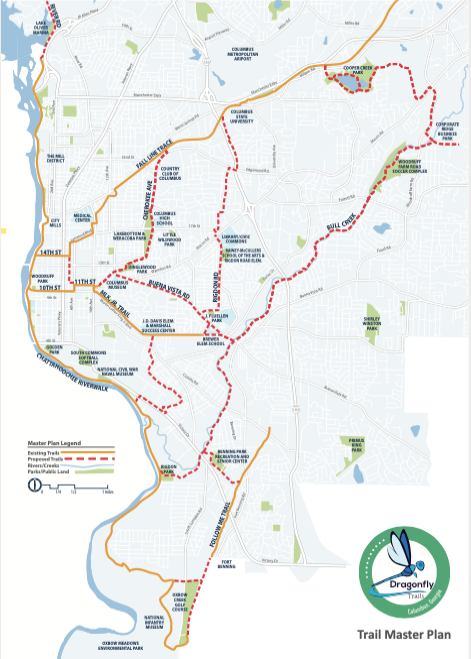
The network currently connects 34 miles of trails in Columbus with plans for an additional 27 miles.
What’s the evolution of the Dragonfly Trails Network from concept to where it is today?
“I give all the credit to [attorney/real estate developer] Ken Henson and [Community Foundation of the Chattahoochee Valley Executive Director] Betsy Covington, who are really ahead of their time in thinking bout this plan.
In 2015, they go to a conference where they took away the power of trails. They came home and recognized the Riverwalk wasn’t connected to the Fall Line Trace; there was this mile and a half that never got done.
Having the private backing and sometimes being able to overcome the challenges that face the city is why the Dragonfly Trail really started and has been successful. We’re a little bit more nimble; we get things done quicker. Don’t get me wrong—the city has been there helping us the whole time. But, really, Dragonfly came out to say, ‘Okay city, we understand there are some things you can’t prioritize or fund at this movement. So we’re going to get a Trail Master Plan. WE’re going to have PATH down here look at our infrastructure and tell us the best way to put paths in in.
So we got a Master Plan. The first two areas PATH came and talked to us about were the connection between the Riverwalk and the Fall Line Trace. The second most important trail they thought at the time was: When tourists and even people who live in Columbus, when they get here, they don’t know how to get to the Riverwalk. I don’t disagree. We don’t have signage. We don’t have clear markings—”River this Way.” Because once you get down there, you see Woodruff Park so maybe you don’t know to go down the ramps or go behind the Trade Center.
This next connection we have coming, planned for to start n sprig 2021, is the Riverwalk to MLK Trail via 10th Street and 11th Street overpass. That’s going to be a game-changer. It’s going to help people not only get from MidTown and South Columbus bus to Uptown but also help tourists and those not familiar with where the Riverwalk is to get down there quickly and safely.”
What’s next?
“Looking at this Master Plan map, to make sure all these red dotted lines turn to the solid yellow, which stands for an actual built trail.
The opportunity on the east side of Columbus is to start connecting the trails to more schools and more places of work. There are a ton of people in our community who cab’t afford a vehicle or can’t rely on Metra. But what if they could walk or ride from their neighborhood to work and the trail is close and safe? That’s connecting people who could be in the workforce. That would do amazing things for our community. That’s the easiest way to help a lot of people. Maybe they can’t get to their job reliably everyday because they can’t rely on the Metra. If you can’t get to your job reliably on time, then you’re not going to have that job very long.
The MLK Trail ends where the Spider Web is coming. This is the most high-density areas of of people who don’t have a vehicle. So it’s really important we prioritize trails in this area to get people where they need to go, whether it’s to the hospital, work, or the school system.”\
Once this is all done, what will be the ultimate impact on our community?
“When you go out west, when you go to Portland, that visual of coming into a city and seeing bikes everywhere. People know the names of the trails. They know where they are. Changing people’s mindset from a car-centric city to maybe prioritizing bicycles and pedestrians. That’s one of the things I would love to see.
We have some great trails. We need more. I would love to see more people using trails for every aspect of their life. The second part of that is we want to see businesses popping up along the trails. The MLK Trail is the perfect example of what could become like the BeltLine. It has neighborhoods and businesses already there but how do we get more businesses to open along the boulevard?
The last component is the Dragonfly becomes more regional and accomplish more than what this map shows you. We’ve got great connections to Ft. Benning. We have a small connection from the Follow Me Trail to Phenix City but let’s grow that. And then, how do we get from Phenix City to Opelika? How do we get from Columbus to Pine Mountain?
Those are paths that people are taking—they’re just doing it on the streets. So they don’t have a bike lane and cars aren’t accustomed to seeing them. We need to build trails there that are well maintained and people feel safe on them.”
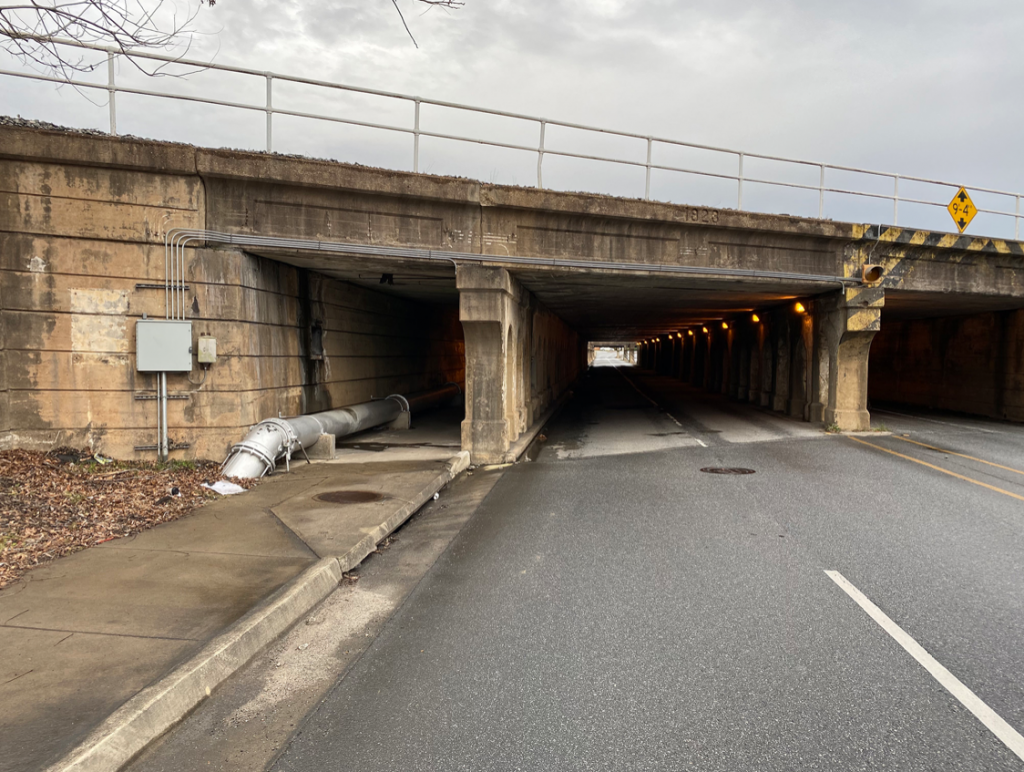
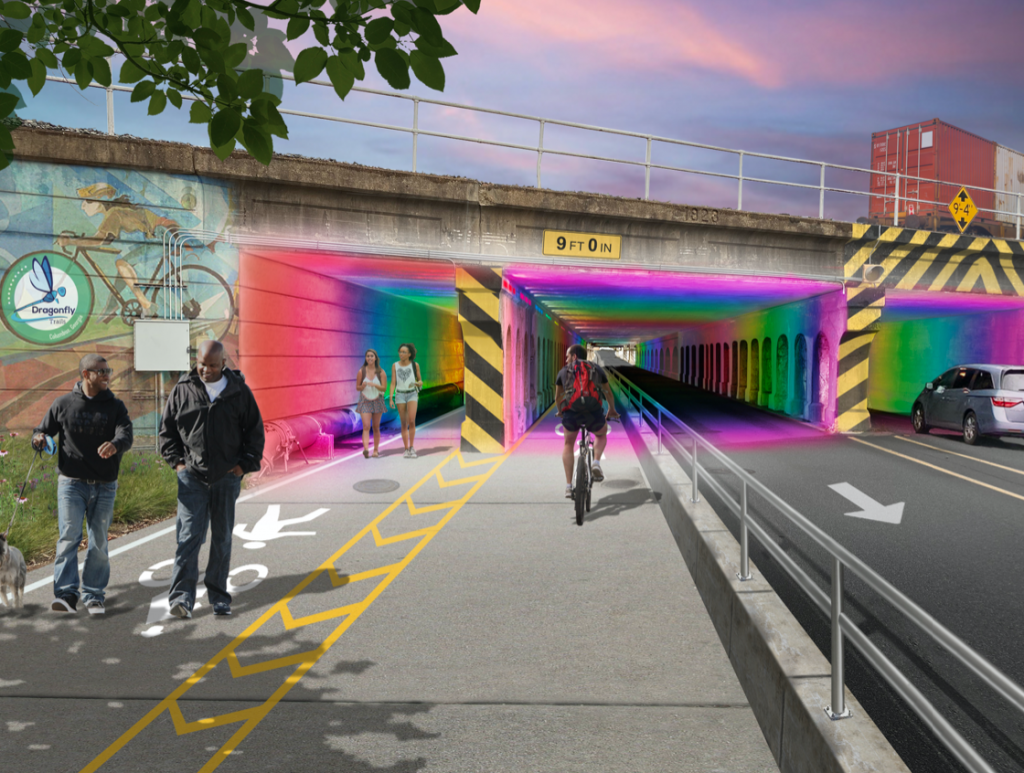
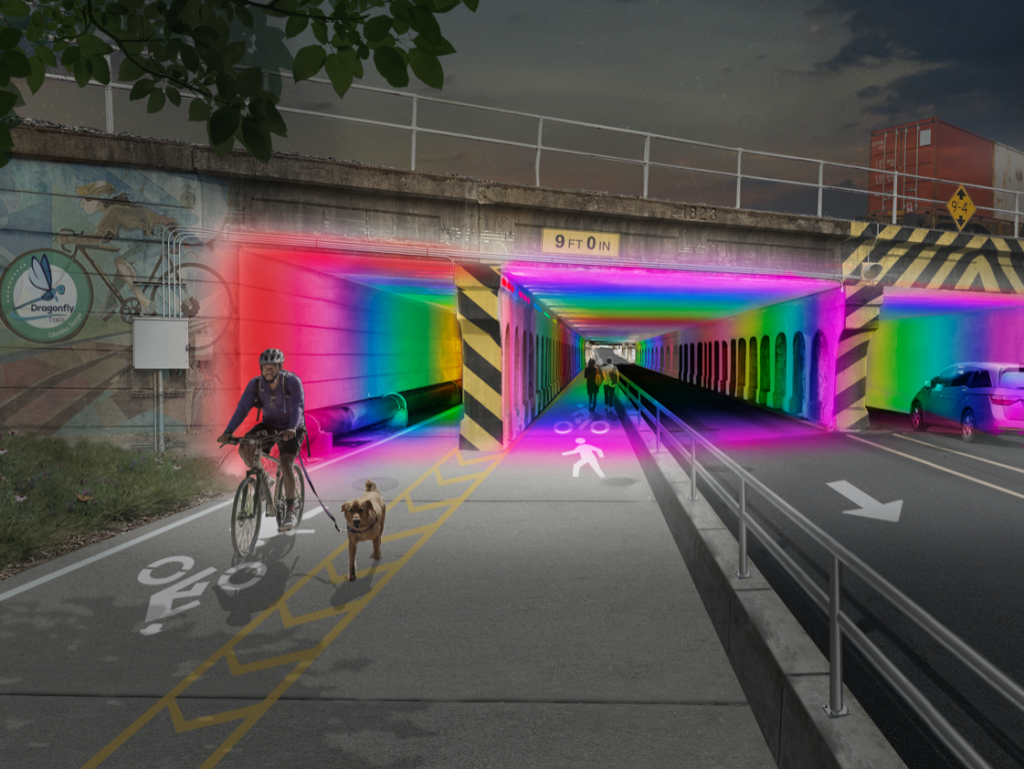
Age: 31
Education: Dual degrees in Business and Environmental Economics
Professional Background: “Out of college, I worked at a Marketing & Advertising firm. Then I went to a sports agency that did a lot of international events—that’s where I learned the economic power of events. I worked at Uptown, Inc. for a few years—that’s why I came to Columbus. I started as Executive Director of the Dragonfly Trails Network in December 2019. This is the perfect fit for me. I’m an avid runner and cyclist plus I love to use my bicycle to get to and from places.”
Best concert ever attended: “Senior year of high school I went with my aunt and uncle and two best friends to a Jimmy Buffet concert in the pouring down rain. It was at an outdoor amphitheater and they turned the hill into a giant mudslide. People can love or hate Jimmy Buffett but the camaraderie of that concert is one of my most memorable things.” [Runners up: Mumford & Sons, Adele]
Favorite local restaurant: Nonic Beer Bar & Kitchen
Favorite thing about riding a bicycle: “The camaraderie. I love socializing in a healthy and productive way.”
Favorite stretch within Dragonfly Trails Network: “On a bike, I love to ride this section of the Fall Line Trae just after you pass CSU and headed toward Psalmond Road. You’re hugged by all these giant trees and for 2 minutes you disappear—you can’t hear cars and you feel like you’re in the middle of a utopia.
From a running perspective, the MLK Trail. It is such a well-done trail. I live in Uptown so I see the same bubble of people. I love going out on the MLK Trail and seeing different people and interacting.”
Biggest challenge of the job: “Because the Dragonfly is the overarching network for all trails, and we’re a newer organization, so I understand why there’s confusion—all fall underneath the Dragonfly network. If we had more visuals like signage people would understand conceptually our role. And the knowledge that comes with that. We exist. We need the community’s help. Locally, it’s funding. We’ve seen in other cities where elected officials have stepped up and made a massive commitment to funding. Figuring out how to leverage federal or state dollars to get more trails built is a challenge.”
Biggest opportunity of the job: “Utilizing the trails as an economic engine. Why don’t we have an Ironman here? We have all the elements of running, biking, and swimming. The biking community is massive in the US and internationally. How do we get more people from a tourism perspective to know that Columbus has these incredible connected, protected trails and get them down here to actually utilize them?
It’s so easy to reference the BeltLine, but the millions that have come into that area because of the trail? That opportunity is here for Columbus. And I’d argue that we have better amenities. Banks Food Hall is a perfect example. You have this beautiful, multi-use facility easily accessed by the trails with the backdrop of the river. We are really well positioned to capitalize on our trail system.”

the Fall Line Trace meets the Riverwalk in the city’s connected Dragonfly Trails Network. 12.12.2020
